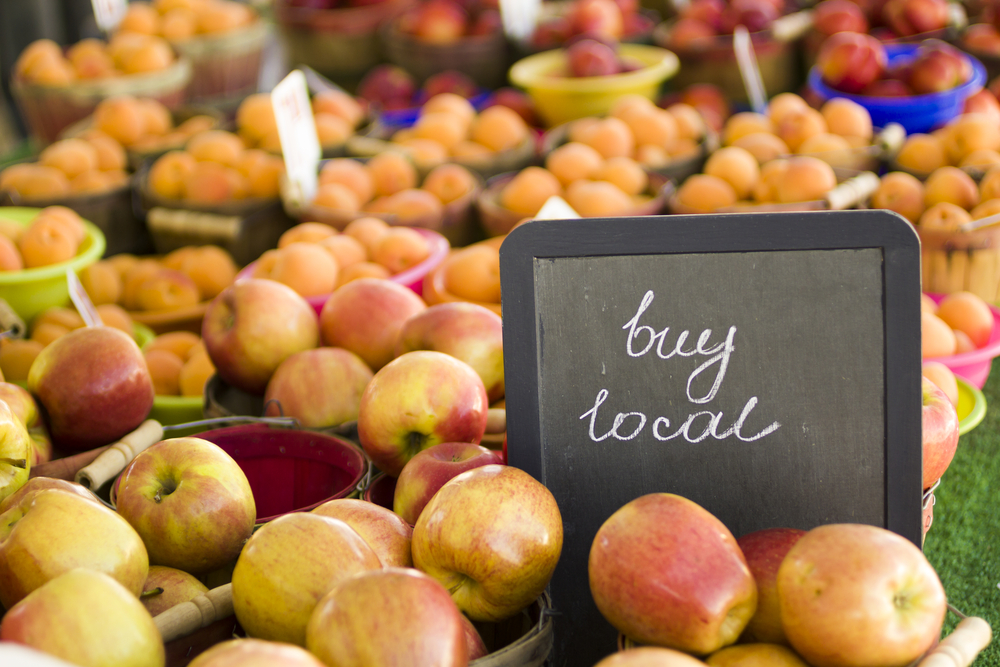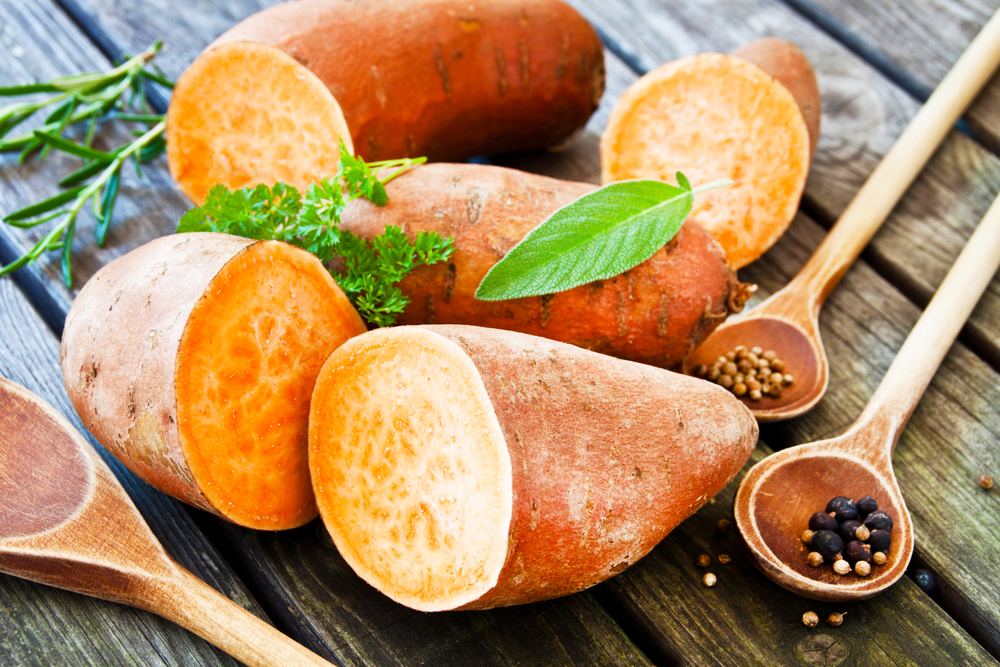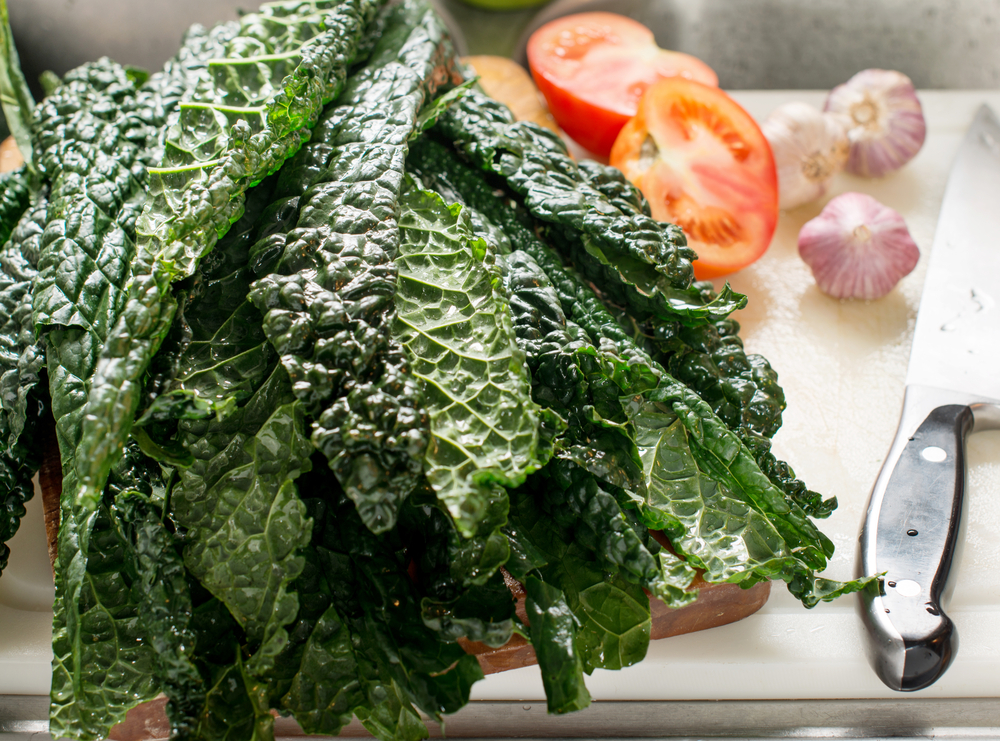
Not too many of us pay attention to how important our eyes are in our daily lives. As a matter of fact, we sometimes take our 20/20 eye sight for granted, until we hit 60 and get cataract. By at that time, will it be too late?
For many of you sports enthusiasts, you may be staring at the sun all the time, especially if you’re in the beach for the summer season, or in the ocean playing. This especially applies to snowboarders, snowkiters, surfers and kitesurfers who don’t like to wear sunglasses! (It certainly doesn’t help when you add in another 50+ hours/week of staring in front of a computer screen or mobile tablet to that.)
When you are out in the sun (in some cases staring at the sun), with UV rays reflected from the water, snow or ground, you’re at greater risk of developing eye diseases later on in your life. The longer your eyes are exposed to solar radiation, the greater your risk of developing conditions as cataracts or macular degeneration later in life.
According to the WHO, cataract is the leading cause of blindness. The second is glaucoma. While you can surgically remove cataract, can we prevent or delay the development of eye diseases through diet?
If you reduce exposure to UV light exposure or cigarette smoking, this may delay the development of eye diseases. What about through foods, the daily choices we make every day?
According to Harvard Medical School, certain vitamins and minerals found in food may play a role in preventing two common causes of vision problems: cataracts and age-related macular degeneration (AMD). Other studies have also shown that advanced AMD was significantly related to the overall quality of our diet.
While studies have shown that supplements may potentially help, the benefits of most eye supplements have yet to be proven. Instead of spending money on pills, why not get your vitamins from whole foods instead?
This is why I’ve written this post to discuss the top 6 best foods for eye health. I’ve also included 4 runner-ups so you can take your pick.
Here we go:
Number 1: Kale
Yes, kale, our best friend. Studies have shown that consuming just 2-3 servings a month of kale or collard greens can decrease the odds of glaucoma by over 50%.
Dark leafy greens like kale provide high lutein and zeaxanthin content, two yellow plant pigments (phytochemicals), that protect against degenerate eye disease and helps you see farther.
Among all vegetables, kale contains the highest concentration of lutein and zeaxanthin.
Lutein and zeaxanthin are carotenoids found in the retina, and usually found together in foods. Dietary intake of these compounds has been shown to have antioxidant properties that protect the cells in the macular area by absorbing excess blue and ultraviolet light and neutralizing free radicals.
And the lighter your eye color, the more greens you need to eat…because people with blue or grey eyes appear more vulnerable to sun damage in their eyes compared to people with darker eye colors.
Number 2: Spinach
Collard greens, spinach and kale are among a few of the dark leafy vegetables that have the highest concentrations of lutein and zeaxanthin.
Other than kale, I’d say spinach claims the spot below kale in terms of its concentration of lutein and zeaxanthin.
However, spinach is a great source of vitamin A, and good source of vitamins C and E.
Antioxidant vitamins like A, C and E may help prevent the progression of macular degeneration because they can fight free radicals and prevent the retina from this damage.
For a super fun spinach juice recipe, check out our Ironman Juice.
Number 3: Collard Greens
Yes the dark leafy vegetable list continues. We love our collard greens given its high lutein and zeaxanthin, as well as high vitamin A content.
However, collard greens contain less concentration of lutein and zeaxanthin than kale. According to whfoods.com, one serving of kale doubles the amount of lutein and zeaxanthin in one serving of collard greens.
Still, eating collard greens is shown to decrease your risk of eye diseases significantly…so eat that if you can’t find kale!
Number 4: Broccoli
Broccoli contains high amount of vitamin C, and is a good source of vitamin A and E. Most importantly, broccoli contains sulforaphane, a cancer-fighting compound that has strong anti-oxidative properties.
Sulforaphane can increase our eye cells’ ability to defend themselves against free radicals and may prevent eye diseases like cataract.
Researchers at Johns Hopkins University discovered that human retinal cells treated with sulforaphane continued to be protected from oxidizing free radicals for several days after the compound was removed.
Number 5: Sweet Potato
My favorite delight – sweet potato – is an excellent source of vitamin A, providing over 360% of RDA. One serving of sweet potato contains almost 2x the amount of vitamin A in the same serving in carrots.
Vitamin A may lower risk of age-related macular degeneration significantly, and an inadequate intake of this vitamin can lead to night blindness and poor vision in dim light.
You may want to boil your sweet potato, since “boiling” sweet potato has been shown to have a more favorable impact on blood sugar regulation versus roasting or baking.
And it is best to eat your sweet potato with some fats so you can absorb beta-carotene from the root vegetables better. Multiple studies have shown better absorption of the beta-carotene from sweet potatoes when fat-containing foods are consumed along with the sweet potatoes. Maybe it is a good idea to drizzle extra virgin olive oil on your boiled sweet potatoes.
Check out our amazing Sexy Mashed Sweet Potato with Lemongrass recipe!
Number 6: Avocados
Avocado contains a high concentration and diverse list of carotenoids such as beta-carotene, alpha-carotene and lutein, preventing AMD and cataracts.
Most importantly, avocado contains generous amounts of oleic acid, a monounsaturated fatty acid that makes it easier for the digestive tract to form transport molecules (chylomicrons) that can carry carotenoids up into the body. This means that ingesting foods with oleic acid, along with carotenoids, can boost absorption of this vitamin A by over 2 times.
Did you know that avocado is a fruit? Avocado’s plant fats (phytosterols) are also anti-inflammatory and can help with arthritis.
Runner-ups:
Number 7: Kiwifruit
This tiny fruit contains more vitamin C than an equivalent amount of orange!
Kiwifruit also contains lutein and zeaxanthin.
Number 8: Flaxseeds
Dietary intake of the omega-3 fatty acids may alleviate dry-eye symptoms and help prevent AMD.
Flaxseeds are also one of the richest source of omega-3 fatty acids per serving, and are relatively low in calories.
Number 9: Blueberries
Blueberries contain anthocyanins, the colorful pigments that give many foods their wonderful shades of blue, purple, and red. Studies have shown that anthocyanin can protect the retina from sunlight and oxidative stress.
Number 10: Carrots
Carrots contain high concentration of carotenoids.
Researchers at the Jules Stein Institute at the University of California at Los Angeles determined that women who consume carrots at least twice per week have significantly lower rates of glaucoma than those who consume carrots less than once per week.
Carrot seeds also contain geranyl acetate, which has also been repeatedly associated with reduced risk of cataracts in animal studies.
Check out our delicious Sweet and Nutty Raw Carrot Cake recipe!
What are your experiences with these foods? What measures are you taking to improve your eye health? Let us know in the comments below!



